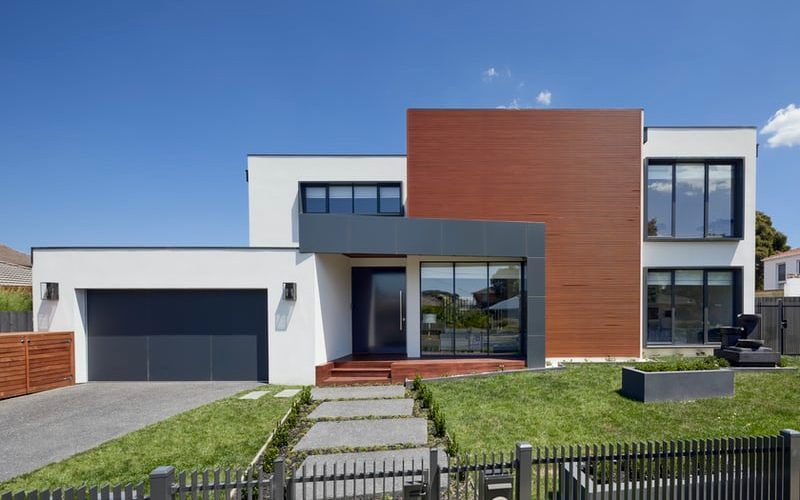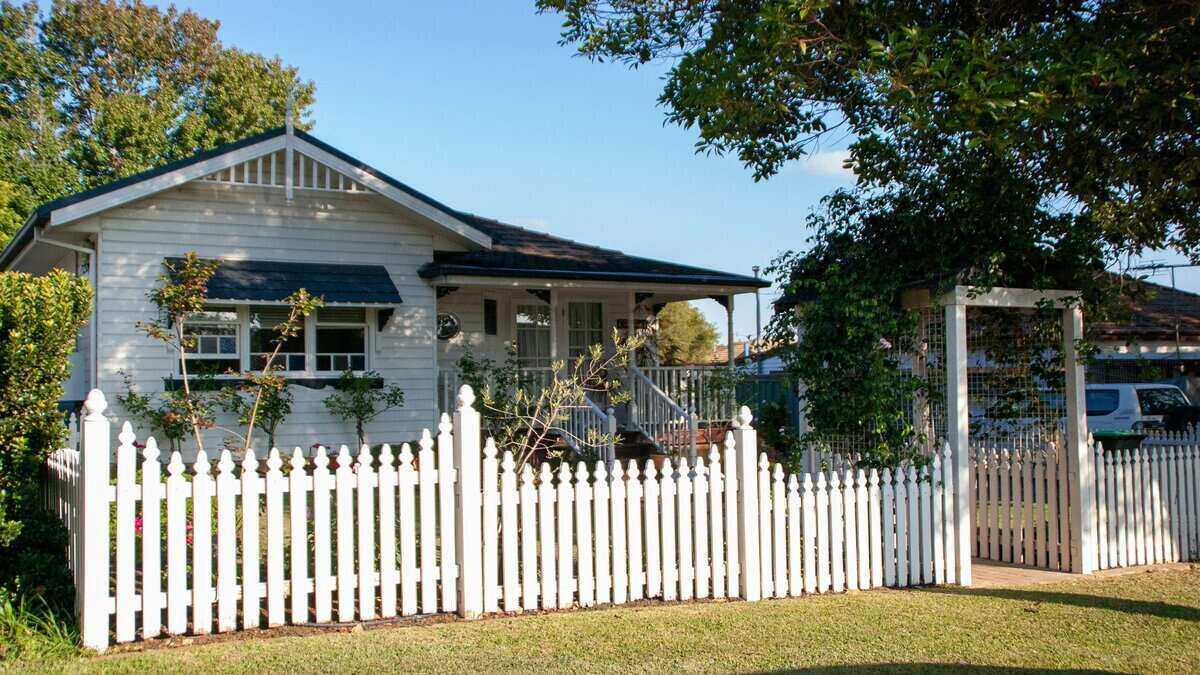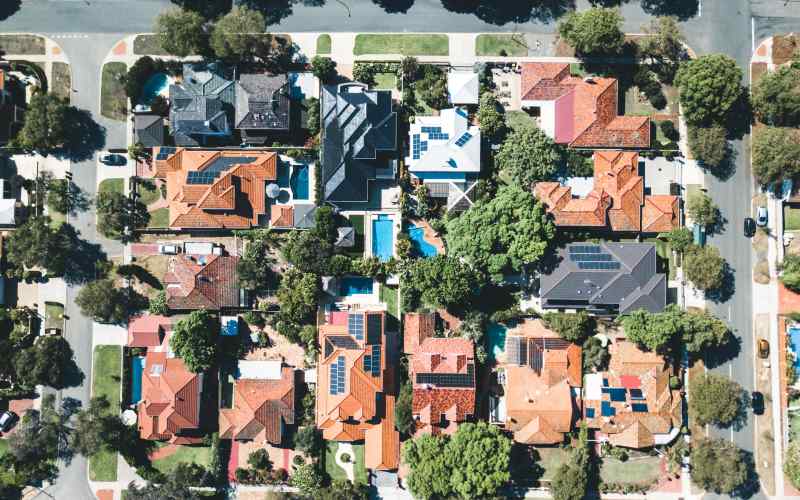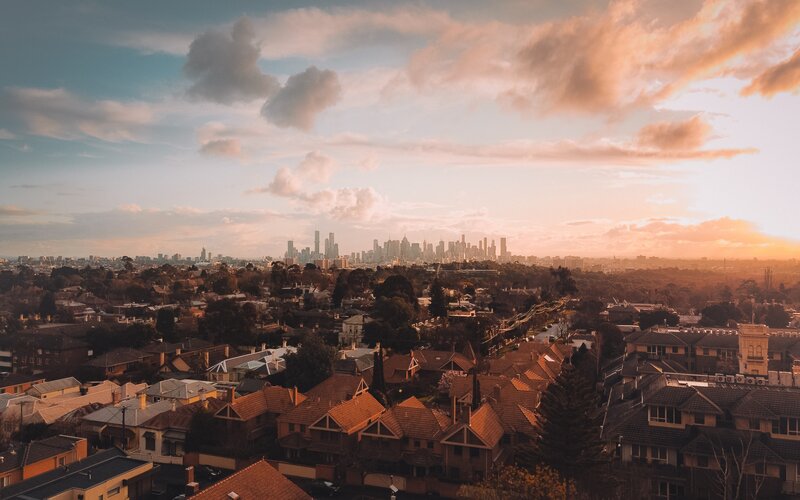New research by the Australian Housing and Urban Research Institute (AHURI) found that an increase in demand for rentals in regional property markets could see landlords increasingly shun lower income renters.
The research, 'Pathways to regional housing recovery from COVID-19' analyses the consequences of the pandemic for households in regional Australia, using Tasmania as a case study.
The report suggests an increase in demand for regional rental properties could be because of lower investor confidence in the wake of fewer incentives to invest in property, increased numbers of tenants who owe arrears, policy which has protected tenants, and lower housing demand from migrants.
"There is a risk that landlords may shape future risk mitigation strategies in ways that further exclude renting to lower income tenants because they perceive these groups to present a greater risk to rental revenue," said the lead author of AHURI's report, Dr Julia Verdouw from the University of Tasmania.
"This housing demand, most likely due to regional living being perceived as ‘safer’ than cities in a pandemic, is putting upward pressure on dwelling prices while lowering vacancy rates and reducing affordability in regional Australia.
"In fact, while values in cities decelerated as a result of the COVID-19 crisis, regional values have been growing at 5% per annum, surpassing the growth rate in cities."
Regional property markets have been booming over COVID, with house prices in the regions increasing in value more than capital cities.
The combined five capital cities' dwelling prices index decreased by 1.45% compared to 3.77% in 'rest of state' regions by the end of November 2020, according to CoreLogic.
Buying a home or looking to refinance? The table below features home loans with some of the lowest interest rates on the market for owner occupiers.
| Lender | Home Loan | Interest Rate | Comparison Rate* | Monthly Repayment | Repayment type | Rate Type | Offset | Redraw | Ongoing Fees | Upfront Fees | Max LVR | Lump Sum Repayment | Additional Repayments | Split Loan Option | Tags | Row Tags | Features | Link | Compare | Promoted Product | Disclosure |
|---|---|---|---|---|---|---|---|---|---|---|---|---|---|---|---|---|---|---|---|---|---|
5.79% p.a. | 5.83% p.a. | $2,931 | Principal & Interest | Variable | $0 | $530 | 90% |
| Promoted | Disclosure | |||||||||||
5.74% p.a. | 5.65% p.a. | $2,915 | Principal & Interest | Variable | $0 | $0 | 80% |
| Promoted | Disclosure | |||||||||||
5.84% p.a. | 6.08% p.a. | $2,947 | Principal & Interest | Variable | $250 | $250 | 60% |
| Promoted | Disclosure |
The report said regional areas generally have higher higher levels of socio-economic disadvantage, including lower incomes, higher unemployment rates, and more reliance on small business or industries with rates of casualised and part-time work.
According to AHURI, there is also a "critical shortage" of affordable rentals near jobs for lower income workers.
The report said the winding back of JobKeeper and JobSeeker, which buffered the effects of job and income losses, will expose lower income renters who rely on income support to further housing risk in regional areas.
Recent research found JobSeeker recipients are spending as much as 69% of their income on rent, putting them squarely under the threshold for extreme rental stress.
"In Tasmania, where employment is disproportionately reliant on industries significantly affected by COVID-19, such as the tourism and hospitality sector, increases in income support masked pre-existing levels of poverty in the community," Dr Verdouw said.
The report calls on the federal government to maintain targeted income protection, build employment and income security, and expand access to affordable housing by investing in more social housing and rolling out financial support for households in housing stress.
"For populations in regional areas to grow and thrive, Australian policy makers need a big picture, long-term perspective: untethered to political cycles, and demonstrating a deep political commitment to reducing regional and rural poverty and narrowing wealth inequality in Australia," the report said.
Photo by Finn on Unsplash

Ready, Set, Buy!
Learn everything you need to know about buying property – from choosing the right property and home loan, to the purchasing process, tips to save money and more!
With bonus Q&A sheet and Crossword!






 Harrison Astbury
Harrison Astbury











